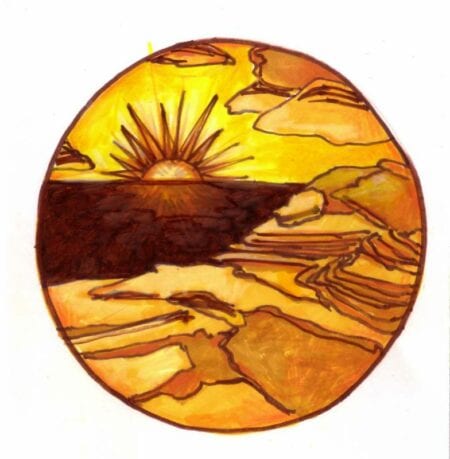Rebecca–Card for Lois
“Be kind whenever possible. It is always possible.” Dalai Lama
It’s that time of year–Thanksgiving, Christmas, New Year’s. For better or worse, ‘tis the season.
Rebecca, known for being something of a Grinch, is fond of complaining about the “worse” part. For example, during the holidays the commercialism and the pressure to spend money can distract us from some of the core values that underlie these traditions. The“better” parts, which Gioia fondly revels in, are the gratitude, gift-giving, generosity, service and kindness that are the essence of these rituals.
We are moved to focus on the things for which we are thankful, what is good in our lives, on pleasing our loved ones, on sharing traditions, on creating festivity and beauty, on enjoying good food in good company, and most importantly, on helping others.
There are obvious ways that we can be helpful at this time of year. We can put money in the Salvation Army tin, donate to organizations whose mission we support, volunteer our time, or invite friends or colleagues to dinner.
But once the holiday season is over, reminders to engage in charitable acts recede into the backdrop of our full lives. We’re busy recovering from the holidays, hunkering down for the winter season, and making resolutions for the new year. If we aren’t getting consistent cues to practice our generosity muscles, we get distracted by life.
Of course, giving more and being kind are the “right” things to do. It turns out they are also the best things for us to do. Generosity and kindness are some of the shortest routes to human happiness. We feel better when we are doing something for others. It makes us healthier, it slows the aging process, and it’s contagious-when we experience kindness, it inspires us to “pay it forward”.
So what does kindness look like? Dacher Keltner, psychologist and head of UC Berkeley’s Greater Good Science Center, defines kindness as actions that elevate the welfare of somebody else. Below are some simple kindness practices. Please note that some of these may be more or less appropriate depending upon the recipient of your kindness:
- Making eye contact
- Nodding our head
- Using a tone of voice to show kindness and respect
- Saying someone’s name
- Stopping what we’re doing and give our full attention to others
- Doing something for someone else
- Acknowledging others
- Asking how others are doing
- Asking how we can be of help
If you want to practice generosity more regularly and want to strike the iron of the giving impulse while it is hot, here are a couple of ideas:
- Pick one of your favorite charities and sign up for automatic monthly donations.
- Think of the kindness and generosity you are already doing and do them more often-you may be engaging in more kindness than you realize.
- Give World Wildlife Fund stuffed animals as presents at this link (a percentage of the proceeds goes toward wildlife conservation).
- If you’re a therapist, our art therapy colleague Shannon Flynn acquainted us with Pro Bono Counseling–a non-profit organization that coordinates the process of connecting clients with therapists who are willing to see a client pro bono. Click here to learn more.
- Think of someone who would really appreciate hearing from you regularly. Rebecca is thinking of her husband’s grandmother who lost both her son and her husband of 60 years this year. Find 12 cards, stamp and address them and mark your calendar each month to send one of the cards.
- Think of someone in your work or your neighborhood. Leave them an anonymous treat once a week.
- Give yourself more time to be kind by showing up early to family events, to work, on your errands.
Share ways to keep the kindness muscle working here or on our Facebook page.
Positively yours, Rebecca and Gioia
Art Directive
Think of someone you’d like to be in touch with regularly over the next year. Make between four to twelve appreciation cards. Address and stamp the same number of envelopes. Mark your calendar with dates when you will send the cards (beginning of each month, beginning of each season, etc…). Send them off!
